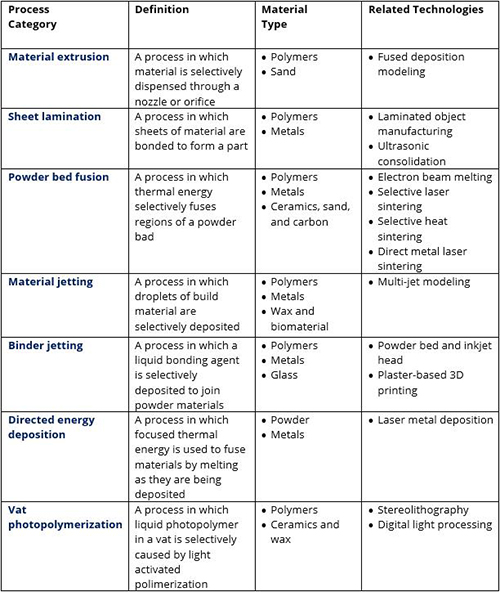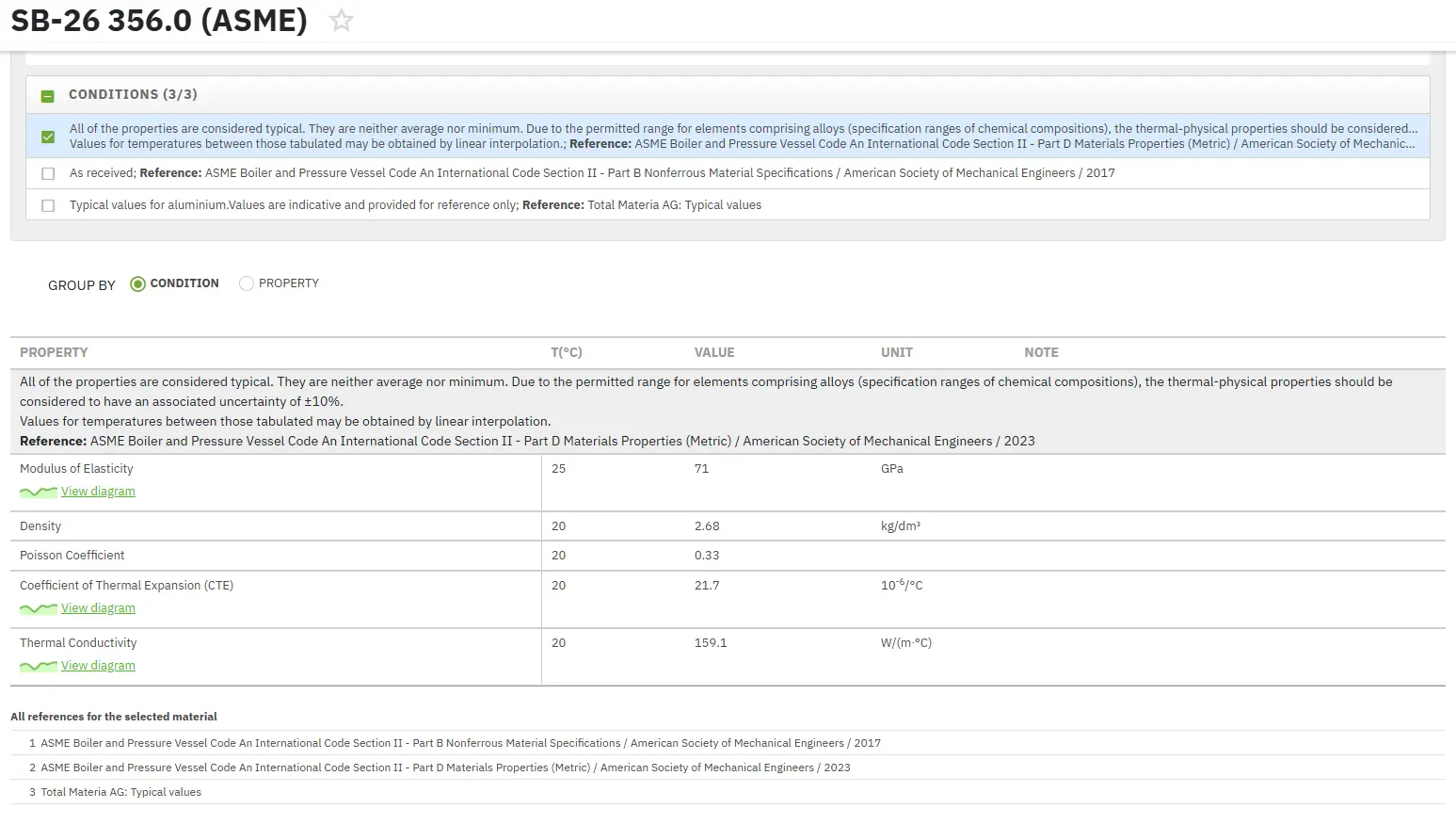Introduction to Additive Manufacturing: Part Five
Abstract
In a new and disruptive manufacturing area such as additive manufacturing standardization often needs to play catch up but in the case of AM a response is beginning to be seen.
Multiple organizations such as ASTM, ISO, BSI and several other key players are starting the detailed journey of classification, to define processes, categories, materials, and related technologies and applications.
Standards and Certification
New and disruptive manufacturing approaches need to institute standards to enable adoption and exploitation. The AM industry is starting to respond to this need on a global, national and regional level and a number of committee forums have been created.
ASTM F42 Committee
The ASTM F42 committee on AM Techologies was formed in 2009 and has a world wide membership involving individuals from academia, industry (including machine manufacturers and end users) and government. F42 has already published a list of standard terminology, as part of an ambitious standardization programme.
ISO Technical Committee (TC 261)
In an attempt to standardize AM on a global scale, ISO has also created a technical committee (TC 261) to begin discussions on standardization in the field of AM concerning their processes, terms and definitions, process chains (Hard and Software), test procedures, quality parameters and supply agreements. The work being conducted to agree standards is very much in the early phases but shows a commitment to promoting the technology across various industrial sectors.
SASAM
The Support Action for Standardisation in AM (SASAM) was instigated in September 2012 to drive growth of AM by integrating and coordinating standardization activities for Europe through creating and supporting a standardization organization in the field of AM.
BSI Committee
In the UK, BSI (British Standard Institution) is developing standards for AM under the AM/T 8 committee. There are currently seven standards in developing covering terminology; methods, processes and materials; and test methods (The British Standards Institution, 2013).
CEN/STAIR-AM
The platform from CEN/STAR (European Committee for Standardization-Standardization, Innovation and Research group) complements the SASAM project… Additive manufacturing is a new R&D-intensive sector with a potential wide market application and this platform brings together R&D experts and standardization experts in order to build the standardization process at the European level (by working with ISO).
UNM 920
In France, AFNOR/UNM is developing standards for AM under the UNM 920 Committee “Additive manufacturing”. Three standards have been published on terminology, technical specifications for powders, specifications and acceptance test for parts made by additive manufacturing.
There are numerous ways to classify AM technologies. A popular approach is to classify according to baseline technology, like whether the process uses lasers, printer technology, extrusion technology, etc.. Another approach is to collect processes together according to the type of raw material input. The problem with these classification methods is that some processes get lumped together in what seems to be odd combinations (like Selective Laser Sintering (SLS) being grouped together with 3D Printing) or that some processes that may appear to produce similar results end up being separated (like Stereolithography and material jetting with photopolymers). It is probably inappropriate, therefore, to use a single classification approach.
In Table 1, is showed seven AM process categories detailed by the International Organization for Standardization (ISO) and ASTM International (ISO and ASTM International, 2015).

Table 1: AM Process Categories
Znajdź natychmiast dokładne właściwości materiałów!
Total Materia Horizon zawiera właściwości fizyczne, termiczne i elektryczne setek tysięcy materiałów w różnych temperaturach i wiele więcej.

Uzyskaj BEZPŁATNE konto testowe w Total Materia Horizon i dołącz do społeczności ponad 500 000 użytkowników z ponad 120 krajów.